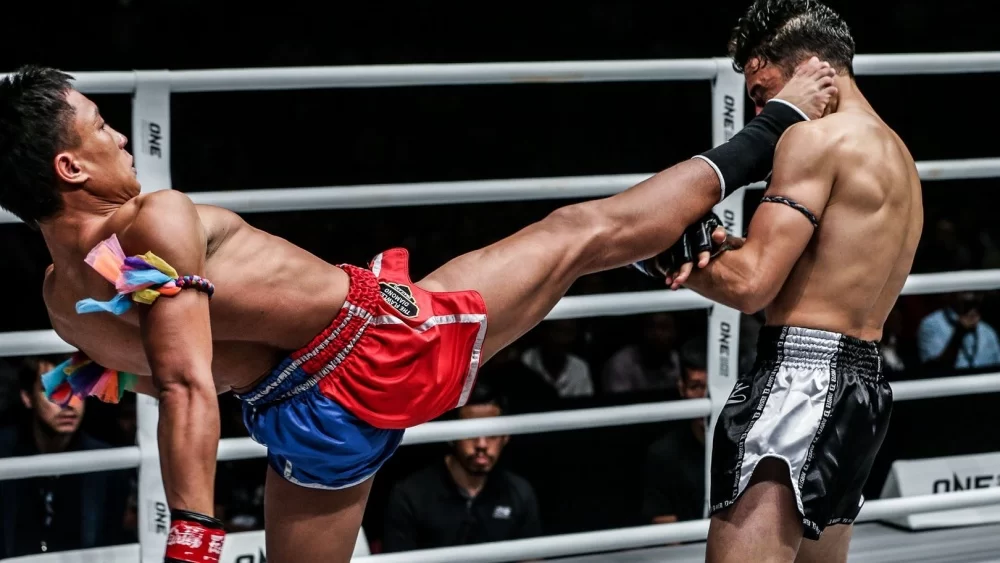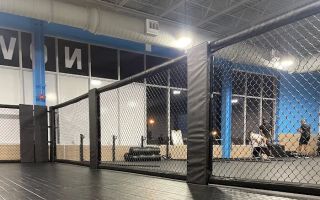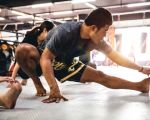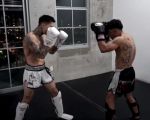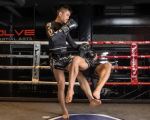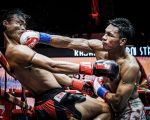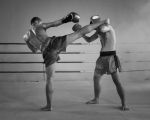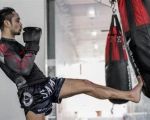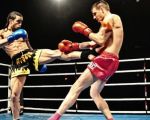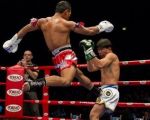1. Understanding the Challenges of Facing Larger Opponents
When it comes to Muay Thai, one of the most common challenges fighters face is dealing with larger, stronger opponents. Whether in a competitive fight or self-defense situation, the physical size difference can be daunting. Larger opponents may have a reach advantage, more power in their strikes, and the ability to absorb more damage. However, Muay Thai offers a range of techniques specifically designed to level the playing field and even out the physical disparity.
I've personally faced larger opponents in training, and the key takeaway from those experiences is that size and strength can be mitigated with the right techniques, strategies, and mindset. By using speed, timing, and understanding of body mechanics, smaller fighters can gain control and dominate the fight. Let’s dive into the Muay Thai techniques that will help you overcome this challenge.
2. Effective Muay Thai Techniques to Apply Against Larger Fighters
When dealing with larger opponents, it’s crucial to use techniques that minimize the impact of their power while maximizing your speed and precision. Here are some effective Muay Thai techniques you should focus on:
- Elbows: Elbow strikes are one of the most versatile weapons in Muay Thai and can be especially effective when fighting larger opponents. Whether in close quarters or in the clinch, an elbow can deliver devastating damage with minimal effort. Aim for your opponent’s head or upper body to create openings.
- Knees: Knee strikes are also key for controlling and damaging larger opponents. In the clinch, a series of knee strikes to the body or head can wear down your opponent quickly. The power of a well-timed knee can shift the momentum of a fight.
- Leg Kicks: Targeting the legs of a larger opponent with low kicks is a great way to slow them down and reduce their mobility. A well-placed leg kick can make it harder for them to move and set up other strikes.
Incorporating these techniques into your training will make you more effective against larger opponents, especially when combined with superior footwork and positioning.
3. Striking Strategies to Use When Facing Larger Opponents
When fighting larger opponents, it's essential to focus on speed, precision, and timing rather than brute force. Here are some striking strategies to keep in mind:
- Stay off the centerline: One of the best ways to deal with a larger fighter's reach advantage is to avoid their strikes while staying out of the centerline. Use lateral movement to maintain angles and reduce their opportunity to land clean hits.
- Use feints: Feints are invaluable when fighting larger opponents. By creating uncertainty in their mind, you can force them to react, creating openings for your real strikes. Feinting a body shot before delivering a head kick can be especially effective.
- Close the distance: If you allow a larger opponent to control the distance, they’ll be able to land their powerful strikes. Closing the distance quickly allows you to neutralize their power and get into clinch range, where you can dominate with elbows and knees.
Striking with speed, precision, and unpredictability will help you avoid taking unnecessary damage while maximizing your offensive opportunities.
4. Clinching and Knee Strikes: Key Tools for Control
The clinch is one of the most important aspects of Muay Thai, especially when facing larger opponents. In the clinch, you can control their posture, disrupt their rhythm, and deliver knee strikes that break their structure. Larger fighters may rely on their size and strength, but the clinch allows you to use technique to neutralize their advantage.
From the clinch, you can deliver devastating knee strikes to their body, thighs, or head, depending on the position. By maintaining a tight clinch and controlling their head and posture, you can wear them down over time. I’ve found that the ability to control my opponent’s head and neck in the clinch has been invaluable when facing larger fighters in sparring.
Learning to dominate the clinch is essential for effectively dealing with a larger opponent in Muay Thai.
5. The Importance of Timing and Footwork
In Muay Thai, timing and footwork are just as important as strikes. Against a larger opponent, timing becomes even more critical. By staying light on your feet and moving unpredictably, you can make it difficult for your opponent to land clean strikes. Proper footwork allows you to avoid their power while positioning yourself for quick counters and attacks.
One of the best ways to deal with a larger opponent is to create angles that limit their ability to use their reach and strength. Pivoting, circling, and changing levels are all essential aspects of footwork that will make it easier for you to evade attacks and land strikes from unexpected angles. A well-timed counter or an angle shift can leave your opponent open for a devastating attack.
In my personal experience, developing timing and footwork has allowed me to neutralize larger opponents and avoid their powerful strikes while staying in control of the fight.

